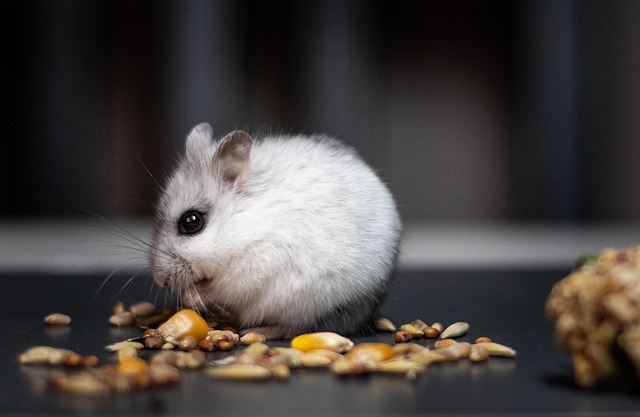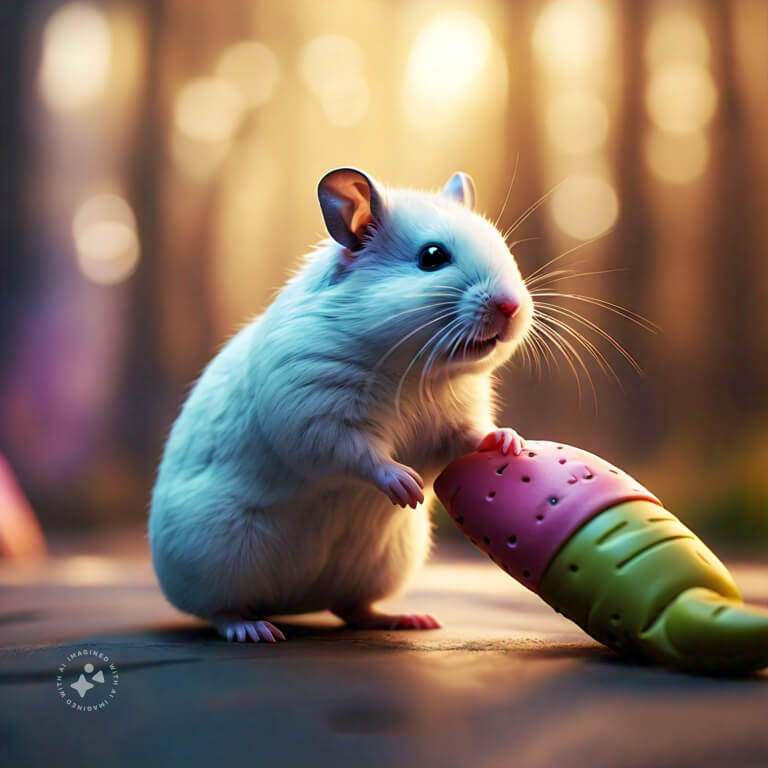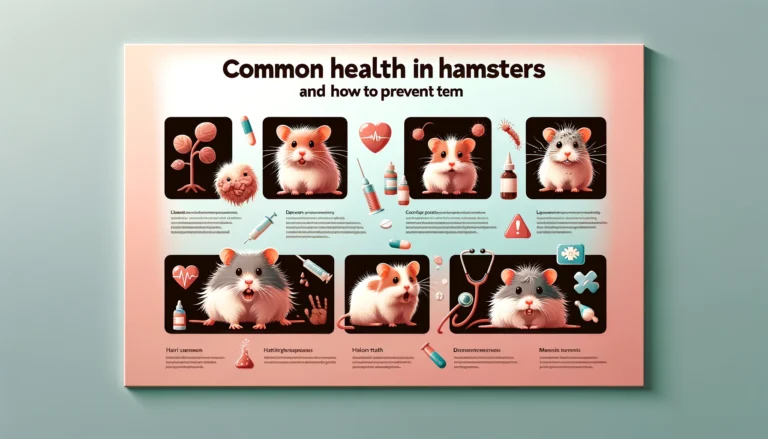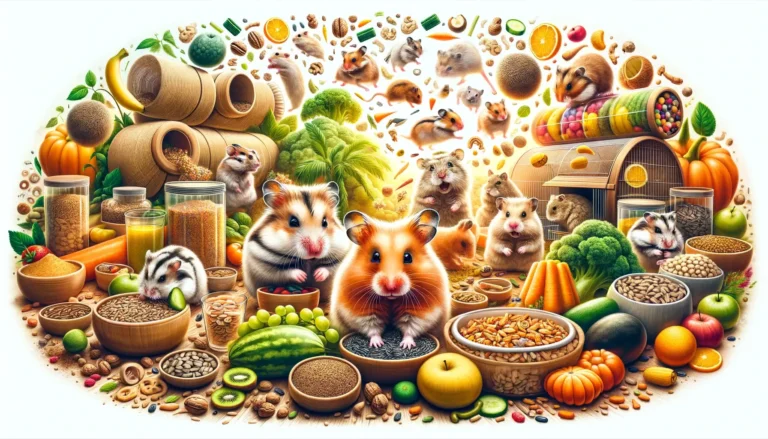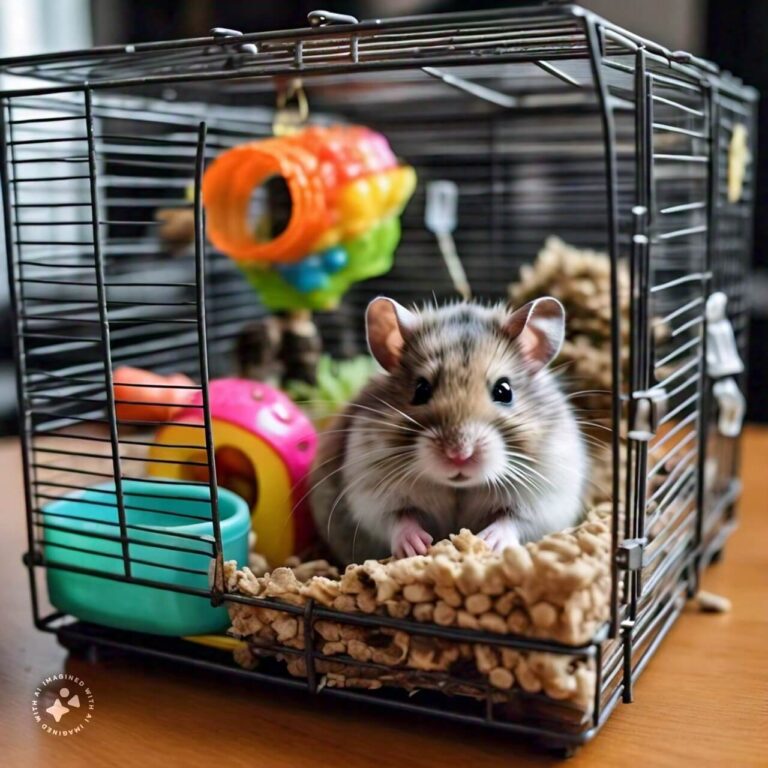Why Are Hamsters So Fragile – hamsters.pk
Delicate Biology: Understanding the Physical Vulnerabilities of Hamsters
Hamsters are popular pets known for their cute appearance and playful nature. However, they are also recognized for their delicate physical structure, which makes them particularly vulnerable to injuries and health issues. Understanding these vulnerabilities can help pet owners provide better care and create a safer environment for these small creatures.
Size and Build
Hamsters are small rodents with a compact and fragile build. Their bones are thin and breakable, which puts them at a high risk for fractures if handled improperly or if they fall from even a relatively low height. The lightweight nature of hamsters also makes them susceptible to being injured by larger pets or even by enthusiastic children who may not understand how gentle they need to be.
Sensitive Digestive System
The digestive system of a hamster is highly specialized and can be easily upset by dietary changes or inappropriate foods. Hamsters require a balanced diet that includes a variety of seeds, grains, and vegetables. Foods that are high in sugar or fat can lead to obesity and other health problems like diabetes, which are particularly dangerous in such small bodies. Additionally, sudden changes in their diet can cause digestive distress and serious conditions like diarrhea or constipation.
Respiratory Vulnerabilities
Hamsters have delicate respiratory systems that are prone to infections and complications from airborne irritants. Dusty bedding or exposure to strong scents like cigarette smoke, perfumes, or cleaning chemicals can trigger respiratory issues in these animals. Respiratory problems can rapidly deteriorate the health of a hamster, leading to severe consequences if not addressed promptly.
Stress Sensitivity
Stress plays a significant role in the health and well-being of hamsters. These animals are prey in the wild, which makes them naturally skittish and prone to stress. Inadequate housing conditions, such as small cages or environments that lack enrichment, can lead to chronic stress. This condition can weaken their immune system, making them more susceptible to diseases and reducing their lifespan.
Conclusion: Enhancing Hamster Health and Longevity
Understanding the physical vulnerabilities of hamsters is crucial for anyone considering adopting one of these charming creatures. By providing appropriate care, a suitable diet, and a safe environment, hamster owners can significantly reduce the risks associated with their fragile biology. Moreover, regular visits to a veterinarian who specializes in small animals can help detect and treat potential health issues before they become serious, ensuring a longer, healthier life for your pet hamster.
Common Health Issues in Hamsters and Their Impact on Fragility
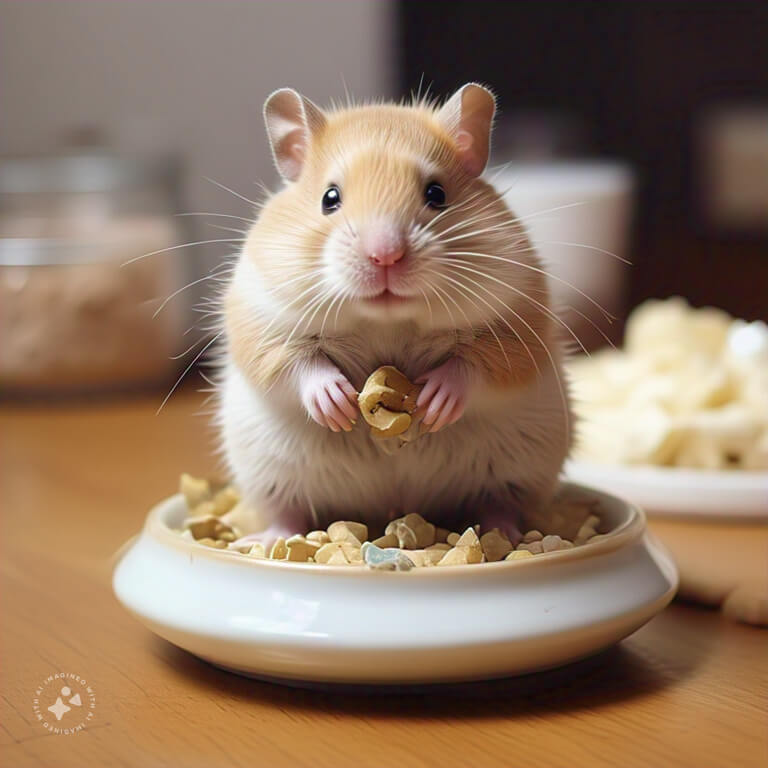
Hamsters, despite their small size and cute appearance, are susceptible to a variety of health issues that can significantly impact their well-being and overall fragility. Understanding these common ailments can help hamster owners provide the best care possible, ensuring a longer and healthier life for their furry friends.
Respiratory Infections: Signs and Prevention
Respiratory infections are among the most common health problems in hamsters. These can be caused by bacteria, viruses, or poor living conditions, such as damp or dirty cages. Symptoms to watch for include sneezing, wheezing, and difficulty breathing. Prevention focuses on maintaining a clean habitat, avoiding drafts, and minimizing stress, which can compromise their immune systems.
Digestive Disorders: The Risks of an Improper Diet
Hamsters are prone to digestive issues, often due to improper diets that either lack variety or are too rich in treats. Symptoms of digestive distress may include diarrhea, constipation, or bloating. To prevent these problems, it is crucial to provide a balanced diet consisting of high-quality hamster pellets, fresh vegetables, and occasional fruits. Ensuring they have ample opportunity for exercise can also help maintain a healthy digestive system.
Dental Problems: The Consequences of Overgrown Teeth
Dental issues are a significant concern for hamsters. Their teeth continually grow throughout their lives and can become overgrown if not worn down through regular gnawing. Overgrown teeth can lead to difficulty eating, weight loss, and even severe malnutrition. Providing your hamster with wooden chew toys and hard, fibrous vegetables can help them naturally wear down their teeth.
Skin and Fur Diseases: Indicators of Poor Health
Skin and fur diseases in hamsters can be caused by parasites, fungal infections, or allergies. Common indicators include hair loss, itching, and redness of the skin. Maintaining a clean living environment, using parasite-free bedding, and avoiding allergenic substances are key to preventing these uncomfortable conditions.
In conclusion, the fragility of hamsters is often closely linked to their health status. By recognizing the signs of common health issues and taking preventive measures, hamster owners can ensure their pets enjoy a robust and resilient life. Regular check-ups with a veterinarian familiar with small animals can also play a crucial role in maintaining the health and vitality of these delicate creatures.
The Role of Diet and Environment in Hamster Health
Hamsters are popular pets, known for their cute appearance and playful nature. However, their health is heavily dependent on their diet and environment. Understanding and optimizing these factors can lead to a happier and healthier life for these small rodents.
Optimal Nutrition for Hamsters
Diet plays a pivotal role in the health of hamsters. A balanced diet for a hamster includes a variety of foods to ensure they receive a mix of essential nutrients. Commercial hamster pellets should form the base of their diet as they are formulated to meet all their nutritional needs. However, the addition of fresh fruits and vegetables can provide necessary vitamins and minerals, although these should be introduced slowly and in moderation to prevent digestive issues.
It’s crucial to avoid foods that are harmful to hamsters, such as onions, garlic, and chocolate. Providing a constant supply of fresh water is also essential, as dehydration can quickly lead to health issues in hamsters.
Creating a Safe and Stimulating Environment
The environment in which a hamster lives is just as important as its diet. The cage should be spacious enough to allow for exercise and exploration. An ideal hamster habitat includes multiple levels with ample space for burrowing and nesting, which mimics their natural living conditions and provides comfort.
Environmental enrichment is vital for the mental health of hamsters. This can include tunnels, chew toys, and exercise wheels. These items not only keep hamsters engaged but also help in maintaining their physical health by preventing obesity and related health issues.
The Impact of Bedding and Cleanliness
Choosing the right bedding is crucial for the respiratory health of hamsters. Bedding materials like cedar and some types of pine can be harmful due to the oils they contain, which can cause respiratory distress. Safe options include paper-based or aspen bedding. Regular cleaning of the cage is essential to prevent the buildup of ammonia from urine, which can also lead to respiratory problems and other health issues.
Monitoring Health and Behavior
Regular observation of a hamster’s behavior and physical condition is crucial. Changes in eating habits, activity levels, or waste can be early indicators of health problems. Prompt consultation with a veterinarian can prevent minor issues from becoming severe, ensuring the hamster’s health is not compromised.
By focusing on a balanced diet and a stimulating environment, hamster owners can greatly influence the health and wellbeing of their pets. These small pets rely on their owners to provide a safe habitat and proper nutrition, which are fundamental to their overall health and longevity.
Best Practices for Care: Minimizing Risks and Enhancing Hamster Well-being
Hamsters are delightful pets, known for their cute appearance and playful nature. However, their small size and delicate health mean they require careful and attentive care. In this guide, we’ll explore the best practices for hamster care to ensure your furry friend enjoys a healthy and happy life.
Creating a Safe Living Environment
One of the first steps in ensuring the well-being of your hamster is to provide a safe and comfortable living environment. This involves choosing the right type of cage and maintaining a clean, hazard-free space. A spacious cage with a solid floor, proper ventilation, and room for exercise is crucial. Avoid wire-bottom cages as they can harm your hamster’s feet. Regular cleaning of the cage to remove waste and uneaten food is essential to prevent disease.
Optimal Diet for Health and Longevity
A balanced diet is key to maintaining your hamster’s health. Hamsters benefit from a diet that includes high-quality hamster pellets, fresh vegetables, and occasional fruits. It’s important to ensure that fresh food is washed thoroughly to remove pesticides and cut into small pieces to prevent choking. Avoid sugary and high-fat treats, which can lead to obesity and related health issues.
Regular Exercise and Enrichment
Hamsters are naturally active and require regular exercise to stay healthy. Providing a running wheel is one of the best ways to ensure your hamster gets enough physical activity. Additionally, hamster balls allow them to explore outside their cage safely under supervision. Enrichment activities like tunnels, climbing structures, and chew toys can also help keep your hamster engaged and prevent boredom.
Monitoring Health and Early Detection of Illness
Regular monitoring of your hamster’s health is crucial for early detection of potential issues. Watch for signs of distress or illness, such as lethargy, changes in eating habits, unusual droppings, or hair loss. Regular visits to a veterinarian experienced with small animals can help catch and treat any health problems early, significantly improving the prognosis.
By following these best practices, you can minimize risks and enhance the well-being of your hamster, ensuring a fulfilling life as your cherished pet.




